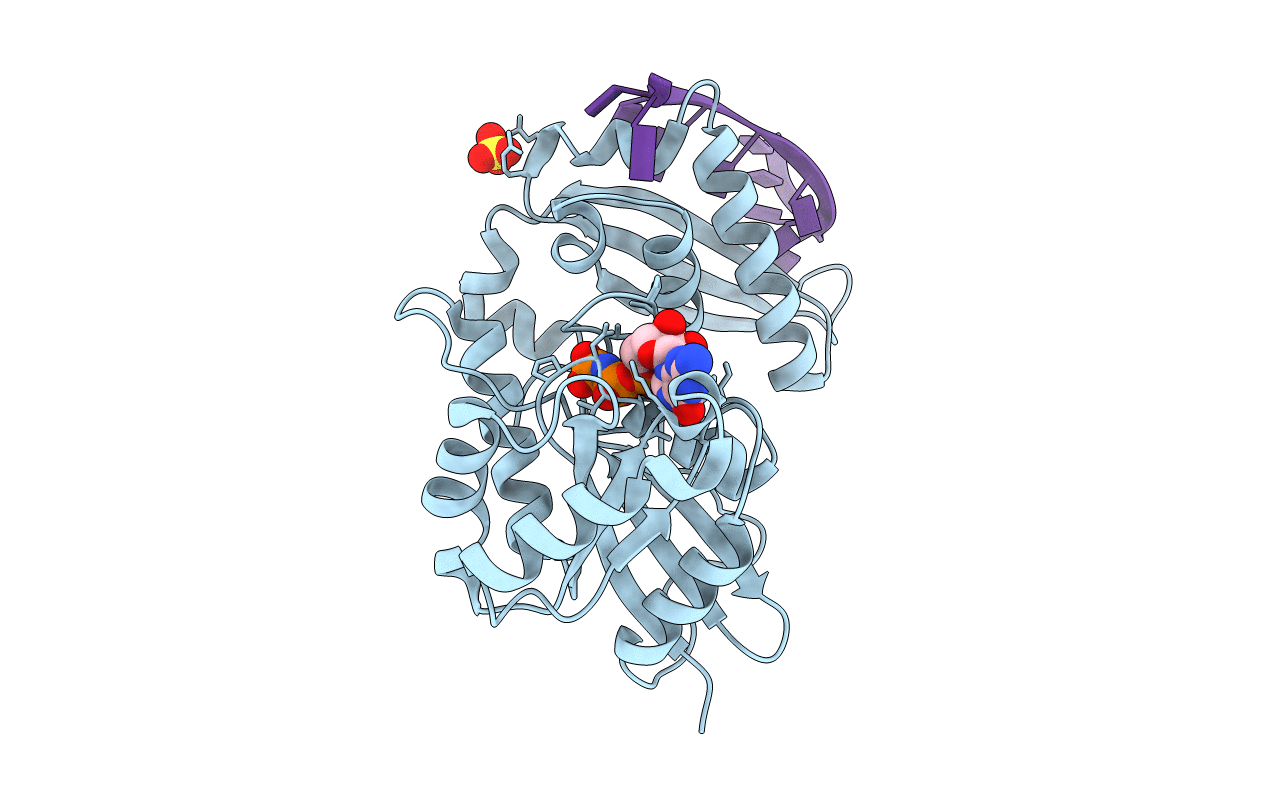
Deposition Date
2009-07-23
Release Date
2009-08-25
Last Version Date
2023-09-06
Entry Detail
PDB ID:
3IEV
Keywords:
Title:
Crystal Structure of ERA in Complex with MgGNP and the 3' End of 16S rRNA
Biological Source:
Source Organism:
Aquifex aeolicus (Taxon ID: 63363)
Host Organism:
Method Details:
Experimental Method:
Resolution:
1.90 Å
R-Value Free:
0.22
R-Value Work:
0.18
R-Value Observed:
0.18
Space Group:
C 1 2 1


